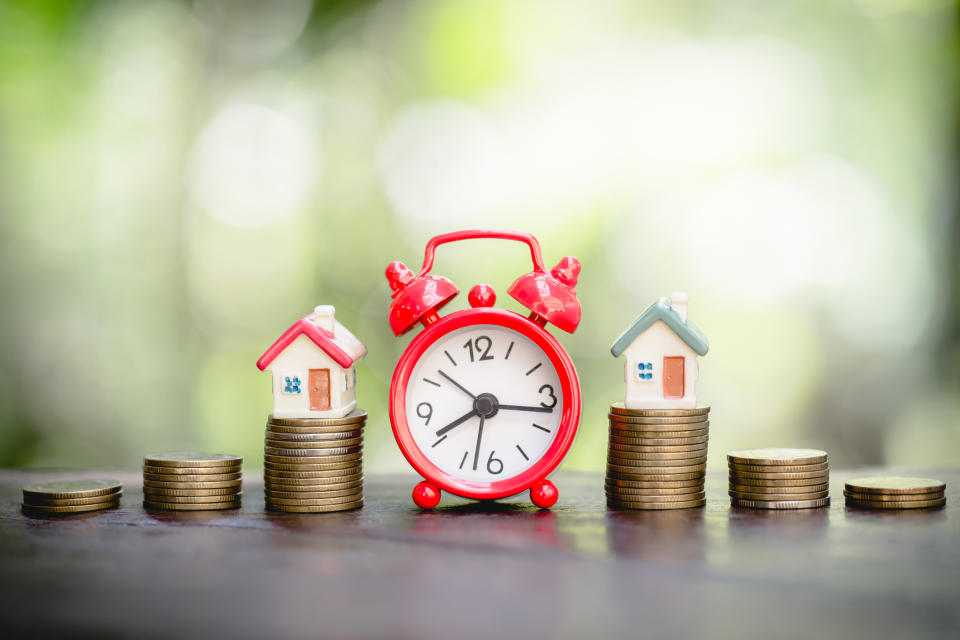How to minimise capital gains tax on your investment

When you dispose of an asset, you will normally have to pay capital gains tax (CGT) on any profit which you make on the disposal.
Amongst the assets which are potentially subject to CGT are:
Shares
Property, including investment properties (but not the family home, which is generally exempt)
Business assets, such as an asset used in a business or the whole business
Personal use assets or collectables, such as jewellery and works of art.
The most significant capital asset that isn’t subject to CGT is your car.
CGT operates by taxing any increase in value from the time the asset was acquired or created. The capital gain is taxed in the year the asset is sold.
So, can an asset be sold CGT free?
Sadly, the answer is usually – but not always – no.
Related article: Warning: Sell your Aussie property NOW, or risk a big tax bill
Related article: Your small business tax rate just went down but your tax headache just went up
Related article: Here’s how we should tax the rich, according to Bill Gates
Having said that, a little elementary tax planning can dramatically reduce your CGT liability and there are occasions, where you can reach the ‘holy grail’ of a profit on disposal that’s completely free of CGT.
So, here are my top tips for minimising your CGT liability on your investments:
Take advantage of the CGT discount
In many cases you can halve your tax liability on the sale of investments simply by holding on to the asset for a year.
The 50 per cent discount is available against most capital gains arising on the sale of assets, including shares, property and business assets.
The main features of the discount are:
The discount is available to individuals, trusts, partnerships and complying superannuation funds but not to companies
The rate of the discount is 50% for individuals, trusts and partnerships and 33 1/3rd per cent for superannuation funds
To qualify, the asset must have been owned for 12 months.
Clearly, qualifying for the 50 per cent discount is easy and it provides a very valuable relief in most circumstances.
Dispose of pre-CGT assets
CGT only applies to the disposal of assets acquired after 19 September 1985, the date CGT was introduced. Assets acquired on or before that date are not subject to CGT.
So, if you’ve been an investor for many years and still own assets that pre-date CGT, you could well be looking at a completely CGT free sale.
Use capital losses
If your sale proceeds are less than your cost base, you will make a capital loss.
Any such losses can be offset against other capital gains arising in the same year and to the extent they are not used up, they can be carried forward indefinitely until capital gains arise to absorb them.
TIP: If you dispose of an asset during the year and crystallise a capital gain, you might want to consider disposing of any other assets you own which are sitting at a loss. That way the capital loss can be offset against the capital gain. This is a popular year end strategy with share investors. Be careful though if you sell loss-making shares to crystallise a capital gain just before the end of the tax year and then buy the shares back again at the start of the new tax year. The ATO takes issue with such planning, regarding it as an artificial contrivance to generate capital losses.
Dispose of personal use assets
Personal use assets are those assets which you use in your everyday life for your personal enjoyment. Provided the cost of the asset is less than $10,000, any capital gain you make on such an asset is ignored.
Examples of personal use assets are items like the family car, household furniture and electrical goods like televisions and fridges.
In reality, most of these items lose value over time so even if they were included in the CGT rules, it’s highly unlikely that you’d make a capital gain on their disposal. For that reason, capital losses arising on the disposal of personal use assets are also disregarded.
Dispose of collectables
In some circumstances, collectables are exempt from CGT.
A collectable is something which is owned for personal enjoyment and includes such items as:
Works of art (paintings, sculptures, etc)
Jewellery
Rare books
Antiques
Stamps and coins
For the exemption to apply, you must have acquired the collectable for $500 or less. If you sell individual collectable items which would normally be part of a set (such as one stamp out of a stamp collection), the entire set must have cost $500 or less.
If the collectable (or set of collectables) was acquired for more than $500, the normal CGT rules apply.
Dispose of business assets
If you run a small business, there are a variety of concessions available that can dramatically reduce your CGT when you dispose of the business or particular assets within the business.
The most valuable is the 15 year exemption. Where you dispose of a qualifying asset that you’ve owned for 15 years and the disposal is in connection your retirement, any CGT arising is completely exempted.
That’s a generous concession and there are other concessions available to small businesses that can dramatically reduce the tax payable on disposal even where you don’t meet the criteria for the 15 year exemption.
Unfortunately, to qualify for the small business CGT concessions, there are detailed rules and qualifications that need to be met so if you’re a small business owner, talk to your accountant to see if you qualify.
Make your money work with Yahoo Finance’s daily newsletter. Sign up here and stay on top of the latest money, property and tech news.

 Yahoo Finance
Yahoo Finance 
